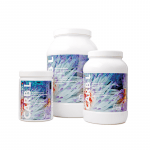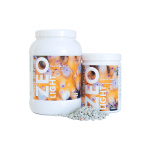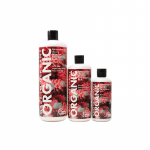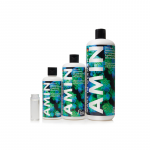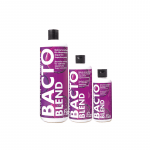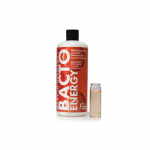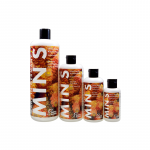Biotop Bali Reef
Balis Riffe gehören zu den artenreichsten Biotopen auf dieser Erde. Durch das Zusammentreffen dreier Meere und den Eintrag nährstoffreicher Vulkanasche entstanden die schönsten und artenreichsten Riffe der Welt.
Den Aquarientyp, der diese Riffgemeinschaften nachstellt, bezeichnen wir als Bali Reef. Ein Bali Reef ist besonders für den engagierten Einsteiger geeignet. Die dafür typische, artenreiche Mischung verschiedenster Korallen, gepaart mit einem ausgesuchten Fischbesatz, macht die Pflege recht einfach. Bei diesem Biotoptyp kommt es auf die Vielfalt unterschiedlicher Korallen- und Fischarten an, die nicht miteinander rivalisieren, sondern möglichst positiv interagieren. Durch ihre Robustheit und Anspruchslosigkeit sind diese Tiere pflegeleicht.
Ein Bali Reef-Biotopaquarium ist nährstoffreich und hat leicht erhöhte Werte, die für eine ausgezeichnete biologische Stabilität sorgen. Geringer Pflegeaufwand und eine kleine Zahl an Pflegeprodukten sind für den erfolgreichen Betrieb schon ausreichend. Eine regelmäßige Überprüfung durch unser ICP-Laborsystem und die leichte Einstellbarkeit der Versorgung über unsere Balling-Light-Sets ermöglichen auch Einsteigern den Start.
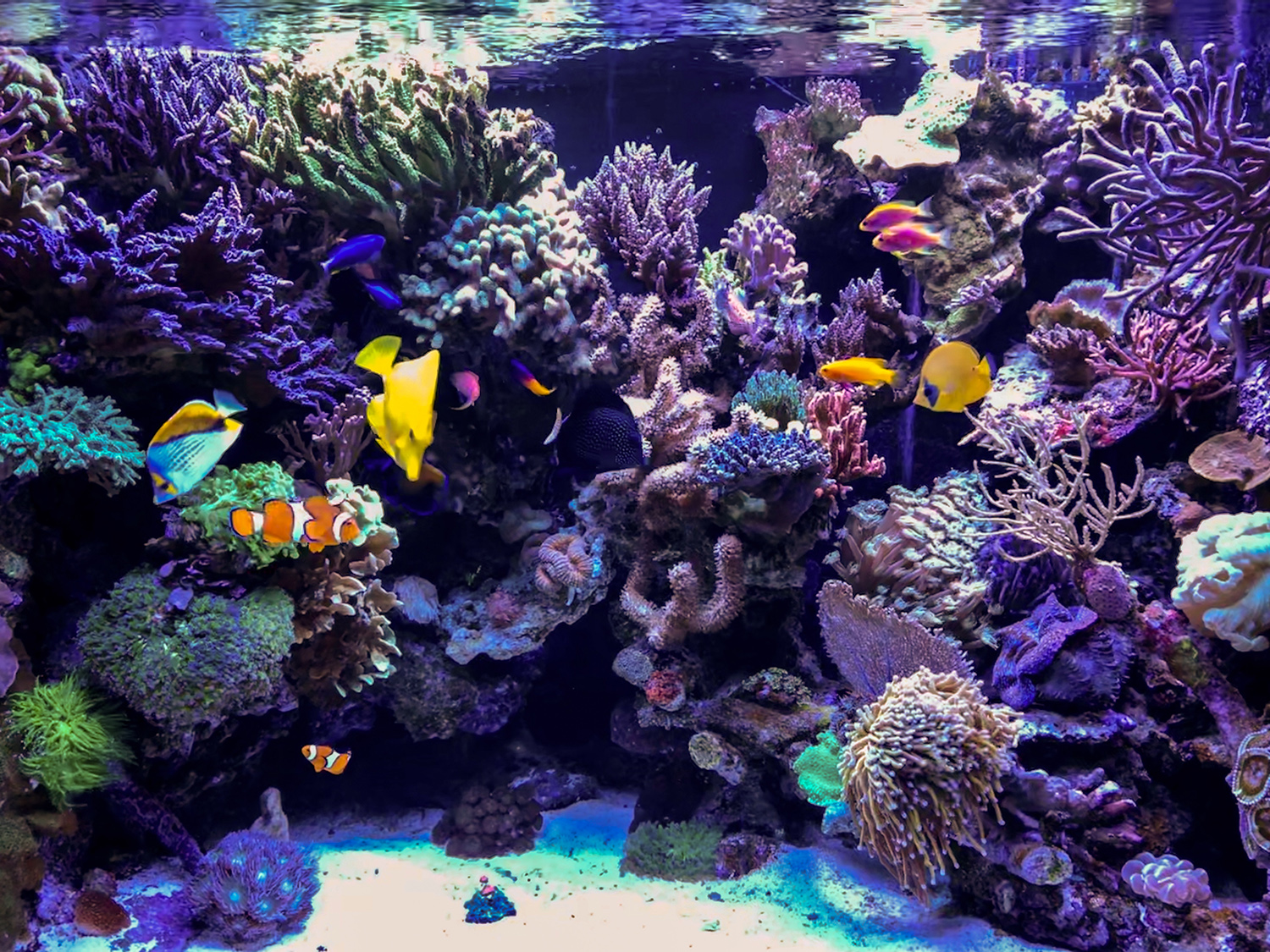
Beispielaquarium:
Bali Reef
Die gesamte Artenvielfalt tropischer Riffe
Im Biotoptyp Bali Reef findet sich die gesamte Artenvielfalt tropischer Riffe. Oben, an der Riffkante, recken schnellwüchsige Acroporen ihre Äste dem Licht entgegen, und je weiter der Blick an der Außenriffwand nach unten wandert, um so größer werden die Polypen der Steinkorallen. Hier finden sich dann breite, flache Fungia-Korallen oder Euphyllia-Stöcke, die mit ihrer kräftigen Grün-Fluoreszenz faszinieren, oder wuchernde Duncanopsammia-Stöcke mit dicken, fleischigen Polypen. Dazwischen, auf halber Höhe, streckt hier und da eine Lederkoralle ihre Polypen ins Freiwasser, und auch für symbiotische Gorgonien oder eine Litophyton-Bäumchenweichkoralle findet sich Platz. Zwischen den Korallen tummeln sich leuchtend orange Fahnenbarsche, gelbe Hawaii-Doktoren und auch einzelne Falterfische. Dass dieses Bali Reef mit Gramma-Feenbarschen auch waschechte Kariben beherbergt, stört bei diesem typischen Einsteigerbecken-Besatz keineswegs, ebenso wie die karibischen Hornkorallen. Erlaubt ist, was gefällt und harmonisch zusammen lebt.
Pflege
Die von uns angegebenen Dosiervorschläge sind auf ein gut besetztes Aquarium mit durchschnittlichem Fischbesatz und guter Fütterung ausgerichtet. Je nach Besatz, Technik und Beleuchtungsstärke sollten die Dosiermengen angepasst werden.
Beim Bali Reef ist nach einer Anpassungszeit eine Überprüfung der Wasserwerte einmal wöchentlich ausreichend.
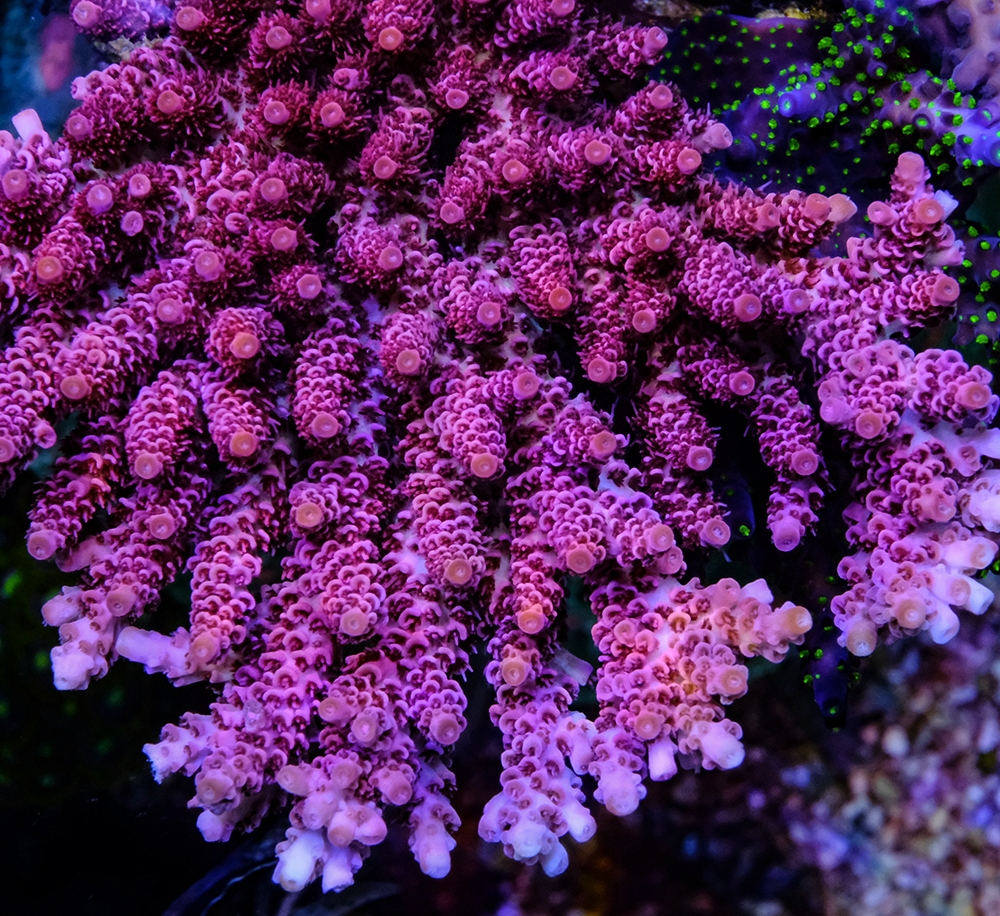
Empfohlene Wasserwerte
| Salinität | 34–35 ppt |
|---|---|
| Calcium | 420 mg/l |
| Magnesium | 1.250 mg/l |
| dKh | 7,5–8,5 |
| Temp | 25–27 °C |
| Nitrat | 3–10 mg/l |
| PO4 | 0,04–0,08 mg/l |
| Empfohlener Teilwasserwechsel | 2 x 10 % monatlich |
Beleuchtung
| Mittlere Beleuchtung | Bis 400PAR |
|---|---|
| Lichtfarbe | Weiß/Blau 14.000K |
| Leuchtmittel | LED |
| Beleuchtungsdauer | 10–12 Std. täglich |
Grundversorgung Calcium/Karbonate
Balling Light System; die Dosierung richtet sich nach dem individuellen Verbrauch des Aquariums. Ausschlaggebend hierfür ist die Messung des KH-Werts sowie des Calcium-Werts. Der übliche Verbrauch von Calcium und Karbonaten liegt in einer Relation von ca. 1:4 Ca/KH beim Erreichen der chemischen Stabilität des Aquariums.
Fütterung Fische
| Granulatfutter | Spirulina und Soft Mix Veggy Flakes | Link |
|---|---|---|
| Frostfutter | Mysis, Krill, Lobstereier | 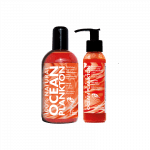 |
Hinweis:
Die hier angegebenen Dosiermengen sind speziell auf das Biotop Bali Riff abgestimmt.
Unterschiede zu den empfohlenen Dosiermengen, wie sie auf den Etiketten angegeben sind, sind durchaus möglich und beabsichtigt.
